Space
Sign up for our newsletter
We summarize the week's scientific breakthroughs every Thursday.
-
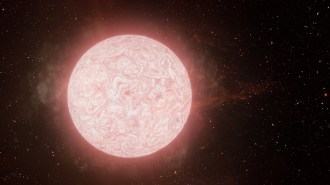 Astronomy
AstronomyAn early outburst portends a star’s imminent death
An eruption before a stellar explosion was the first early warning sign for a standard type of supernova.
-
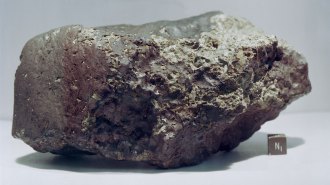 Planetary Science
Planetary ScienceOrganic molecules in an ancient Mars meteorite formed via geology, not alien life
Analysis of an ancient Martian meteorite reveals that organic molecules within it were formed by geologic processes rather than alien life.
By Nikk Ogasa -
 Astronomy
AstronomyAstronomers identified a second possible exomoon
Kepler 1708 b i, a newly discovered candidate for an exoplanet moon, has a radius about 2.6 times that of Earth, a new study suggests.
By Sid Perkins -
 Planetary Science
Planetary ScienceOxygen-rich exoplanets may be geologically active
Experiments show that rocks exposed to higher concentrations of oxygen have a lower melting temperature than rocks exposed to lower amounts.
By Shi En Kim -
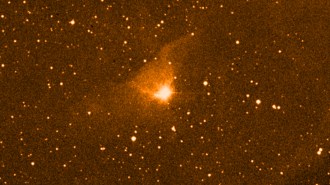 Astronomy
AstronomyTwo stars’ close encounter may explain a cosmic flare that has barely faded
A brilliant outburst of light that has lasted nearly a century arose when two young stars skirted past each other, simulations suggest.
By Ken Croswell -
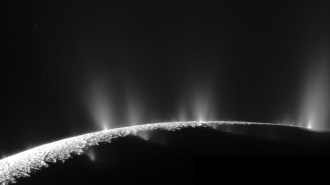 Planetary Science
Planetary ScienceEnceladus’ plumes might not come from an underground ocean
The celebrated plumes of Saturn’s moon Enceladus could come from pockets of watery mush in the moon’s icy shell, simulations suggest.
-
 Life
LifeHere are our favorite cool, funny and bizarre science stories of 2021
These are some of the fun science stories from this year that we couldn’t wait to talk about with friends.
-
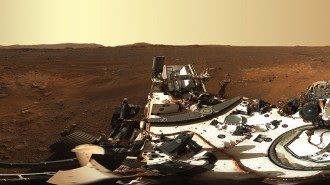 Space
SpaceSpacecraft in 2021 set their sights on Mars, asteroids and beyond
This year, a bevy of new missions got under way on Mars and spacecraft prepared to visit asteroids.
-
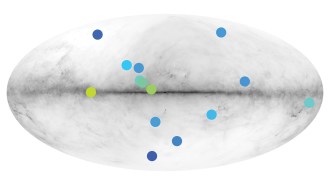 Space
SpaceThese discoveries from 2021, if true, could shake up science
Discoveries in 2021, from hidden subatomic particles to the oldest animal fossils, could shake up science. But more evidence is needed to confirm them.
By Aina Abell -
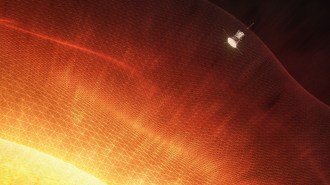 Astronomy
AstronomyThe Parker Solar Probe is the first spacecraft to visit the sun’s atmosphere
NASA’s Parker Solar Probe crossed a boundary between the sun’s atmosphere and interplanetary space that has been predicted for decades but never observed.
-
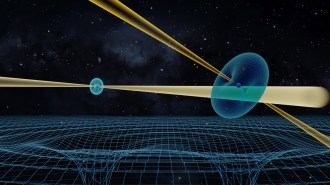 Astronomy
AstronomyThe only known pulsar duo sheds new light on general relativity and more
Einstein was right, among other insights gleaned from watching a one-of-a-kind system of two pulsating dead stars for 16 years.
-
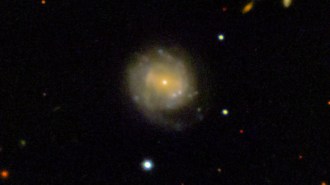 Astronomy
AstronomyThe cosmic ‘Cow’ may have produced a new neutron star or black hole
A bright, mysterious blast of extragalactic light appears to have spawned a small, compact object.